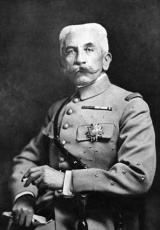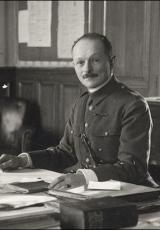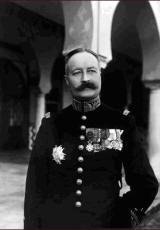Decorations, signs of national gratitude

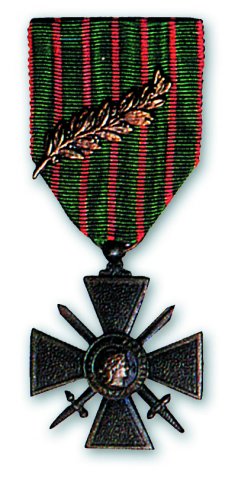
Croix de guerre 1914-1918 (Cross of War). Source: Photo Franck Beauperin
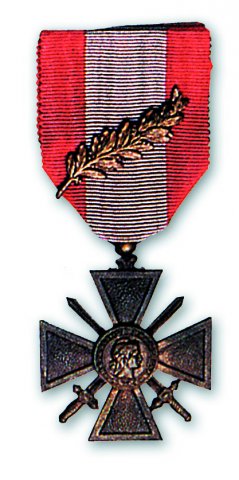
Croix de guerre spéciale au titre des Théâtres d'opérations extérieures (TOE) / Special Cross of War for Theatres of Operations Overseas. Source: Photo Franck Beauperin
The first recipients were soldiers who fought in the Moroccan and Levant War. The soldiers in the Indochina War and the volunteers in the French battalion in the Korean War (1953) were also awarded this distinction. After the Suez Crisis in 1956, the Cross of War TOE was no longer awarded. It returned, however, during the Gulf War in 1991, but has not been awarded since 20 June 1999. A few days after war was declared in September 1939, Albert Lebrun decided in a statutory order of 26 September to create a cross, named the Croix de Guerre to honour individual mentions for acts of war in the French army, navy and air force. This new decoration had the same vocation as the previous medals and was awarded according to the same principles. It can be awarded to units, soldiers and French or foreign civilians. It differed from the First World War cross in the central part of the reverse side by bearing the inscription ”1939” and its red ribbon with four green vertical bands at the centre. However, the history of this decoration reflects the vicissitudes France experienced during this period. There have been several models of the Cross of War. After the Armistice of June 1940, General Weygand, believing the Cross of War 1939 was not being awarded in accordance with its original principles, demanded a review of all the mentions acquired during the battles of June 1940 to avoid this decoration being devalued. As a result of his instruction, the decree of 28 March 1941 established a new cross to replace the Croix de guerre ”1939”. Visually identical to the earlier model, it bore the dates 1930-1940. The ribbon was green and black as a symbol of mourning, evoking the commemorative model of 1870. The general's instruction remained in effect until the Liberation in 1945.
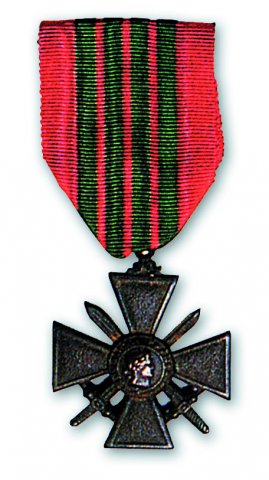
Croix de guerre 1939-1945 (Cross of War). Source: Photo Franck Beauperin
The Cross for Military Valour
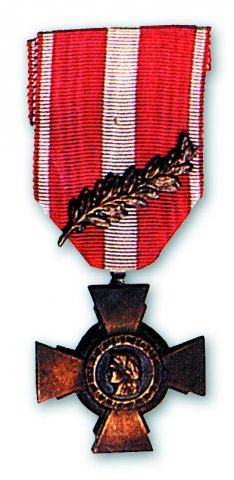
Croix de la Valeur militaire. Source : Photo Franck Beauperin


